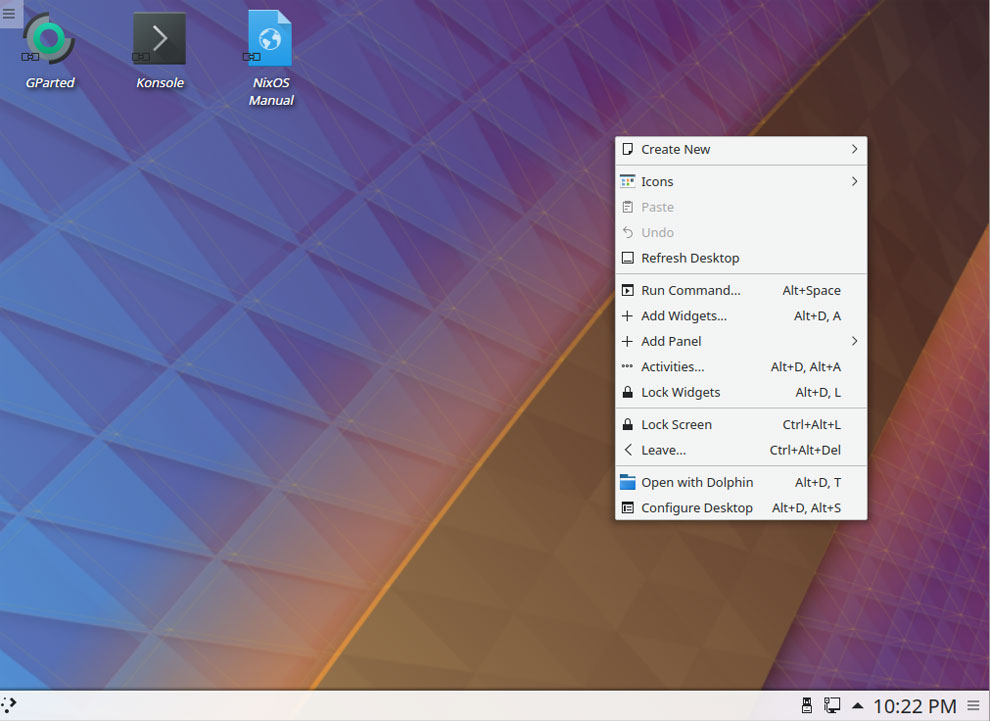
Uncovering Critical Vulnerabilities in Linux Systems: A Deep Dive
In the realm of cybersecurity, the discovery of vulnerabilities can send shockwaves through the tech community. Recently, two significant vulnerabilities have been unearthed in widely used components of Linux systems, posing serious risks to millions of devices worldwide.
The Shim Boot Loader Vulnerability
The first vulnerability, tracked as CVE-2023-40547, resides in the shim boot loader, a crucial component used by major Linux distributions such as Debian, Red Hat, SUSE, and Ubuntu. This critical flaw, with a CVSS score of 9.8, could potentially lead to remote code execution and bypass Secure Boot protections. Discovered by Bill Demirkapi of the Microsoft Security Response Center, the vulnerability stems from the shim’s handling of HTTP responses, allowing for out-of-bounds writes and system compromise.
The GNU C Library Buffer Overflow
The second vulnerability, known as ‘Looney Tunables’ (CVE-2023-4911), affects the GNU C Library (glibc) used in most Linux systems. This flaw, with a CVSS score of 7.8, enables attackers to gain root privileges on vulnerable systems, particularly IoT devices. Exploitation of the vulnerability could result in unauthorized data access, system alterations, and complete system takeover.
Impact and Mitigation
Both vulnerabilities have far-reaching implications for the security of Linux systems. Major distributions like Fedora, Ubuntu, and Debian have released patches to address the issues and mitigate potential risks. Organizations are advised to promptly apply these patches to safeguard their systems against exploitation.
Conclusion
As the cybersecurity landscape continues to evolve, the discovery and remediation of critical vulnerabilities in foundational components like boot loaders and system libraries are paramount. By staying vigilant and proactive in addressing security flaws, the tech community can collectively strengthen the resilience of Linux systems against emerging threats.















